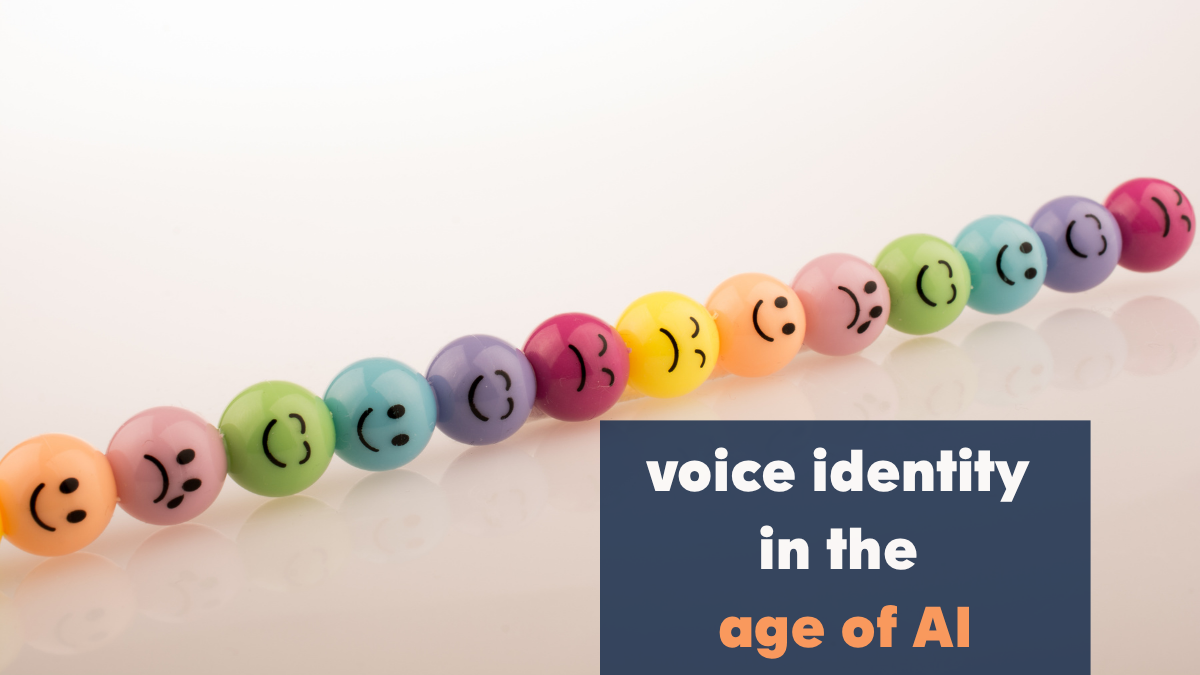Many individuals with Rett Syndrome may have deficits in communication. They may exhibit prelinguistic behaviours such as vocalizations, eye gaze, head/body movements, laughing, etc. Only family members and others familiar with the individuals with Rett may be able to understand what their communicative behaviours mean. These communication challenges can potentially come in the way of their progress and societal participation. Using AAC (Augmentative and Alternative Communication) interventions can help those with Rett have meaningful interactions and acquire literacy, thus improving the quality of their lives.


Why Individuals with Rett are considered to be ‘Locked In’
Due to their physical limitations, girls with Rett struggle to meaningfully communicate using gestures or speech. Since their functional hand skills are poor, they do not get the learning experiences their neurotypical peers get by playing with objects during the early developmental stages. Motor planning can also be a challenge due to apraxia. This results in them struggling to demonstrate cognition through methods that require motor skills.
What’s Possible with AAC?
AAC can serve as an excellent tool for individuals with Rett to communicate, acquire language, and literacy.Providing a means to communicate enables them to self-regulate and gain self-confidence.
AAC intervention for expressive and receptive language may involve using a range of access methods. Caregivers also need training on how they can support AAC use and understand their communicative attempts.
Studies show that individuals with Rett show significant gains in communication using several modes of communication.
Unaided AAC includes gestures, movements of hands, fingers, and body. The limitation of this form of AAC is that only caregivers may be able to understand what the individual is communicating through their movements.
Low tech methods that help include
- Eye Gaze with a choice board
- Picture Exchange Communication Systems
- Micro Switches.
High tech AAC options include
- Touch-screen computers
- Voice output devices
Eye-gaze as a communication means for people with Rett has been of much interest among researchers. While using low tech eye-gaze, the individual communicates by signaling to their communication partner by gazing at items or symbols on a board.
With recent technological advancements, individuals with Rett are benefiting from high tech eye-gaze interfaces with speech-generating devices (SGDs). Even people with severe motor disabilities seem to have considerable communication success with eye-gaze technologies.
We hope that more adapted access method solutions and communication tools are available for individuals with Rett syndrome so that they can express themselves. By presuming competence and providing AAC communication solutions, we can support people with Rett to communicate better and live fuller lives.



